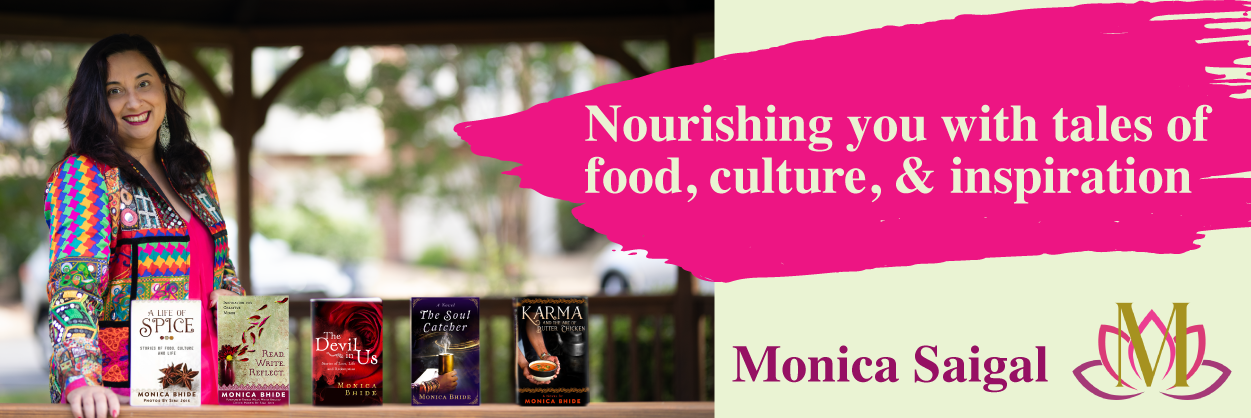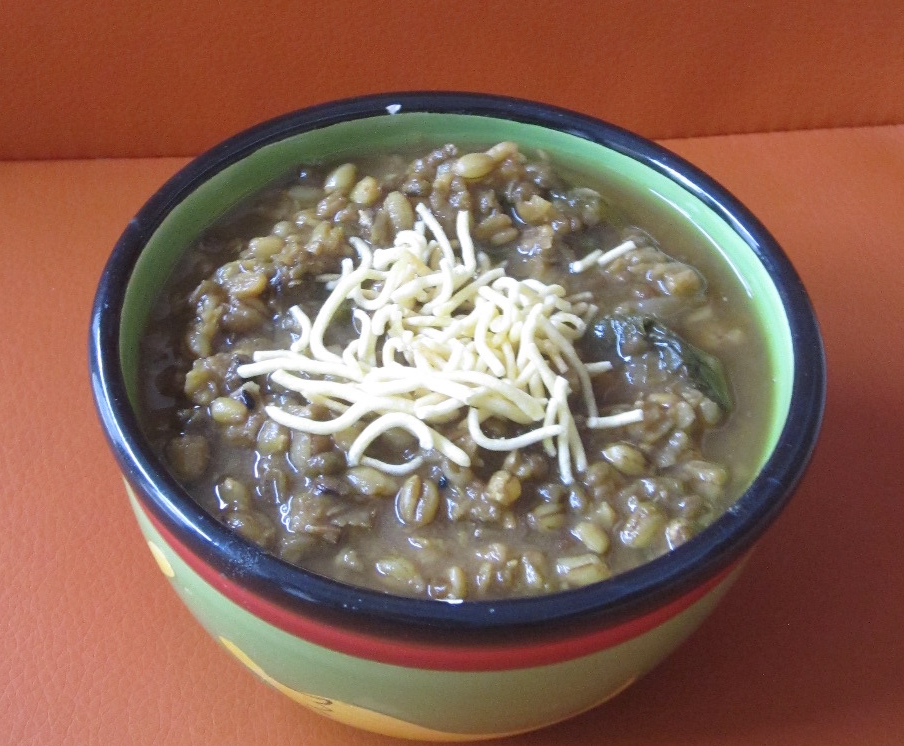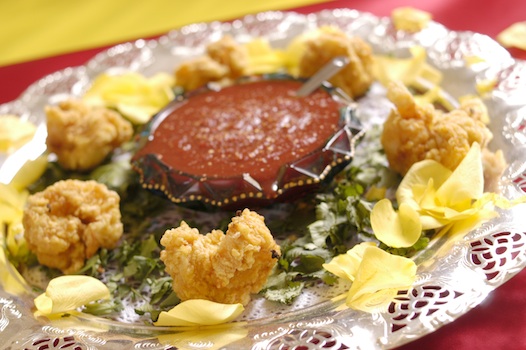
I grew up on ghee — basically, clarified butter (butter that has had the milks solids and water removed). Of course, when I was young, there was no concept of low-fat anything and foods were not just cooked in a few tablespoons of ghee; the best dishes, I remember, were deep-fried in ghee. Yes, I know, just reading that now gives me heartburn. But that is not the point here. Ghee, as we used it, was the cooking medium used the most — we heated it, added spices, onions, and so on, and cooked our meals. But recently, I was reading Marcus Samuelsson’s “The Soul of a New Cuisine” and came across a totally different use of ghee, both the way in which it is prepared and the way in which it is used.
It is called nit’ir qibe that starts with butter and then has spices added to it for taste and aroma. “It forms the basis of Ethiopian food. It adds layers of flavors to Ethiopian meals. Folks don’t like to waste anything there and this butter has a really long shelf life; waste is not an option,” Chef Marcus told me when I spoke with him about this. While his version, which is provided with here, uses onions, he told me that every family has different ways of preparing their butter. In fact, virtually no meal in Ethiopia is made without nit’ir qibe, which gives the cooking its beautifully layered signature flavors. What was really different and interesting about this butter, very different from the way I am used to ghee, is that this is used primarily as a “finishing butter,” according to Chef Marcus.
Chef Marcus suggests preparing it in a large quantity and storing it in the refrigerator in ice-cube trays. This way you have just the right amount to use. The butter does solidify when chilled but melts again at room temperature. Per his suggestion, I drizzled some on top of some plain sautéed chicken breast, and it totally woke up my taste buds! I also drizzled some on plain white rice and it brought the rice to life, so to speak. Chef Marcus also suggests drizzling a little on cooked pasta, cooked meats, and so on. Use as you would a really good quality olive oil.
I looked to my social media network for ways they use this spiced butter and got some informative responses. Shankari Easwaran (http://sacramentospice.com) shared, “I have nit’ir qibe in my refrigerator as we speak. I use it when I want to not use a whole lot of spices, but want a subtle flavor of spices infused in my dishes. I sauté chicken and onions with a little bit of spiced butter. I add it to cooked masoor dal (red lentils) or just a drizzle over steamed rice- it smells and tastes heavenly!” Jennifer Harrington Brizzi (http://www.jenniferbrizzi.com/)told me that she melts it and tosses potato chunks in it before roasting them. Another friend drizzles it on popcorn instead of plain melted butter, for a salt-free — but not fat-free, alas — alternative.
Spiced Butter
Makes 1 1/2 cups
This butter will solidify when chilled, but it will become liquid again when left at room temperature. Adapted from “The Soul of a New Cuisine” by Chef Marcus Samuelsson (Wiley & Sons, 2006)
1 pound unsalted butter
1/2 medium red onion, coarsely chopped
1 garlic clove, minced
One 3-inch piece ginger, peeled and finely chopped
1 teaspoon fenugreek seeds
1 teaspoon ground cumin
1 teaspoon cardamom seeds
1 teaspoon dried oregano
1/2 teaspoon ground turmeric
8
basil leaves
1. Melt the butter in a medium saucepan over low heat, stirring frequently. As foam rises to the top, skim and discard it. Continue cooking, without letting the butter brown, until no more foam appears.
2. Add the onion, garlic, ginger, fenugreek, cumin, cardamom, oregano, turmeric, and basil and continue cooking for 15 minutes, stirring occasionally.
3. Remove from the heat and let stand until the spices settle. Strain through a fine-mesh sieve before using.
Store in the refrigerator in a tightly covered container for up to 3 weeks.





I am certainly going to try this recipe. I’m not a big fan of ghee–not accustomed to its smell and taste–but with the addition of spices and such, it sounds delightful! Thanks for sharing!
Oooh, intrigued. I will definitely make some of this, and thanks for pointing out the book, which I now also want to read.
Question – how long does this stuff keep at room temperature? I’ve never been there, but I imagine Ethiopia is very warm!
Very interesting. I did not know that.